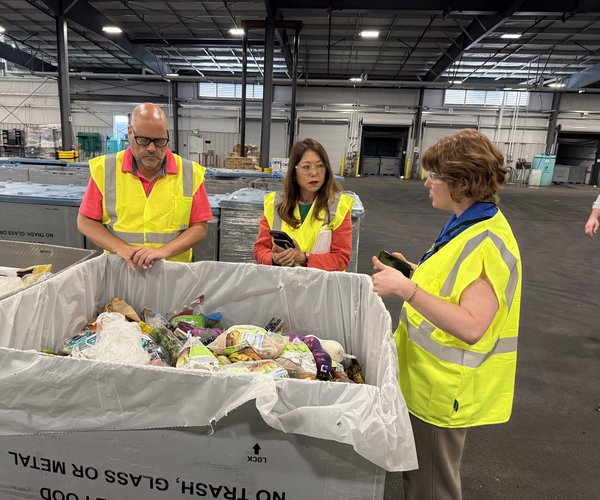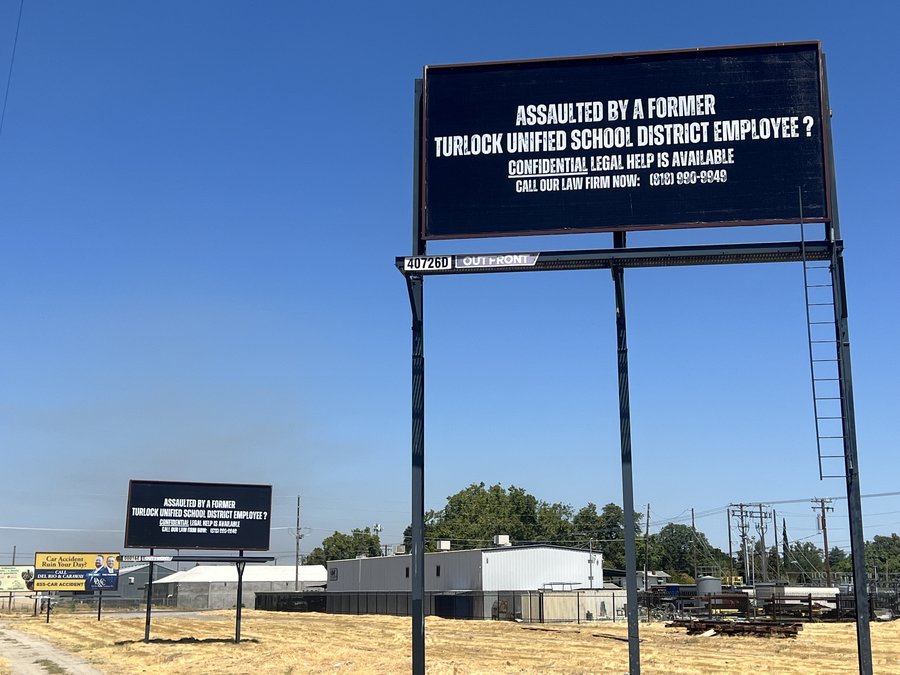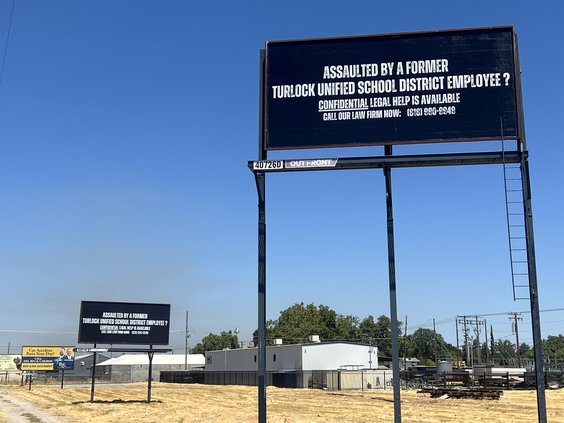The vast network of rural roads and bridges that connect California’s communities are reaching a point of deterioration that they hinder both public safety and economic growth, according to a new report by a national research group.
The report, “Rural Connections: Challenges and Opportunities in America’s Heartland” was compiled by The Road Information Program, or T.R.I.P., a non-profit group based in Washington D.C.
The TRIP report found that despite a recent decrease in the overall fatality rate on the nation’s roads, traffic crashes and fatalities on rural roads remain disproportionately high, occurring at a rate more than three times higher than all other roads.
In 2009, non-interstate rural roads had a traffic fatality rate of 2.31 deaths for every 100 million vehicle miles of travel, compared to a fatality rate on all other roads of 0.75 deaths per 100 million vehicle miles of travel. Although they carry only 25 percent of all vehicle miles of travel in the U.S., crashes on the nation’s rural, non-interstate routes resulted in 51 percent of the nation’s 33,808 traffic deaths in 2009.
The report takes into account inadequate roadway safety design, longer emergency vehicle response times and the higher speeds traveled on rural roads as factors in the higher traffic fatality rate.
California ranks second in the nation for the number of traffic fatalities on rural roads, according to the report. In 2009, the state’s non-Interstate rural roads had a traffic fatality rate of 2.86 deaths for every 100 million vehicle miles of travel, compared to a fatality rate on all other roads of 0.68 deaths per 100 million vehicle miles of travel. Of the 3,081 traffic fatalities that occurred in California in 2009, 1,164 were on rural, non-Interstate roads.
“Californians deserve to get where we’re going safely, whether driving to shopping areas, trying to connect to an Interstate, visiting a state park or national forest, or going to the wine country or skiing,” said Bert Sandman, chairman of Transportation California. “Many vital connector routes between towns and cities and between the major north-south freeways are hazardous two-lane roads. If the funding is provided, these roads can be modernized and made safer.”
In addition to disproportionately high traffic fatality rates, the roads and bridges in rural America have significant deficiencies. In 2008, 12 percent of the nation’s major rural roads were rated in poor condition and another 43 percent were rated in mediocre or fair condition. In 2010, 13 percent of the nation’s rural bridges were rated as structurally deficient and 10 percent were functionally obsolete. In 2008, 18 percent of the California’s major rural roads were rated in poor condition and another 52 percent were rated in mediocre or fair condition. California also ranks nineteenth in the nation in the percentage of rural bridges that are structurally deficient. In 2010, 14 percent of California’s rural bridges were rated as structurally deficient and 13 percent were functionally obsolete, according to the report.
“The safety and quality of life in America’s small communities and rural areas and the health of the nation’s economy ride on our rural transportation system. This backbone of the heartland allows mobility and connectivity for millions of rural Americans and provides crucial links from farm to market, moves manufactured and energy products, and provides access to countless tourist and recreational destinations,” said Will Wilkins, executive director of TRIP. “But, with long-term federal transportation legislation stuck in political gridlock in Washington, America’s rural communities and economies could face even higher unemployment and decline. Funding the modernization of our rural transportation system will create jobs and help ensure long-term economic development and quality of life in rural America.”
To contact Sabra Stafford, e-mail sstafford@turlockjournal.com or call 634-9141 ext. 2002.









